
Favoured by Fishermen, admired by Motorcyclists and revered by Royals, Barbour boasts a heritage few can compare with. Founded in England by a Scotsman, J. Barbour & Sons Ltd has been around for 129 years and counting. A faithful companion of the Royal Family for decades, Barbour is favoured by all sections of society, relied upon for its tried and tested wax cotton in particular. As Brits, we’re obsessed with the weather, so it should be no surprise to find Barbour began with meteorological conditions at its core.
Back in 1894 John Barbour began importing oilcloth, ostensibly used by those who needed to keep dry in the wettest conditions. In these early years, technical clothing was experimental and synthetic fabrics were a couple of generations away. While some brands favoured waxed cottons that were prone to cracking at lower temperatures, Barbour perfected a process using paraffin wax.
It’d be 100 years or more until their products would be accessible at the click of a mouse, yet Barbour’s pioneering spirit meant their first mail-order catalogue was printed and distributed as far back as 1908, helping their products reach a wider audience. This placed them at the forefront in supplying those whose hard-working outdoor professions demanded protection, particularly the fishermen in nearby South Shields.
Barbour’s reputation as a solid solver of problems was further cemented when John Barbour’s Grandson Duncan’s keen interest in motorcycling led to the brand pivoting into that burgeoning pursuit. The 1930s in particular saw an increase in the popularity of motorcycling and given how exposed a rider could be to the elements, waxed cotton Barbour jackets became a mainstay. The International was released in 1936 and later worn regularly by Steve McQueen. The movie star was himself a keen motorcyclist.
Naturally, the first half of the 20th century was littered with conflict that dominated manufacturing, and Barbour more than played its part in the war effort. And as the world recovered post-1945 Barbour once again were able to help keep industry well-clothed. By the 1980s, with synthetic fabrics and widespread overseas manufacturing influencing the industry in Barbour’s native UK, the brand once again remained a step ahead. While working clothes for tough conditions remained their core, Barbour’s heritage placed it ahead of newcomers and helped it redefine itself for a world more receptive to marketing and brands with a touch of sophistication. In April 1974, the Duke of Edinburgh granted Barbour their first Royal Warrant.
The modern era for Barbour began when Margaret Barbour designed the iconic Barbour Bedale jacket in 1980, adding the Barbour Beaufort a few years later. It would signal a step into the future by using the past for the brand and in these two silhouettes in particular a blueprint for Barbour as a heritage fashion brand was laid down, albeit one with its feet firmly planted in the outdoor conditions that led to its creation almost a century earlier.
Today Barbour continues as a family-owned business with manufacturing still going on in its South Shields HQ. Providing a vast range of Barbour jackets & accessories for the outdoors, Barbour’s robust reputation keeps it at the centre of both the fashion and outdoor markets, proving beyond all doubt that Barbour is The Best of British.
Shop the latest from Barbour now here at The Sporting Lodge.
-
View Product
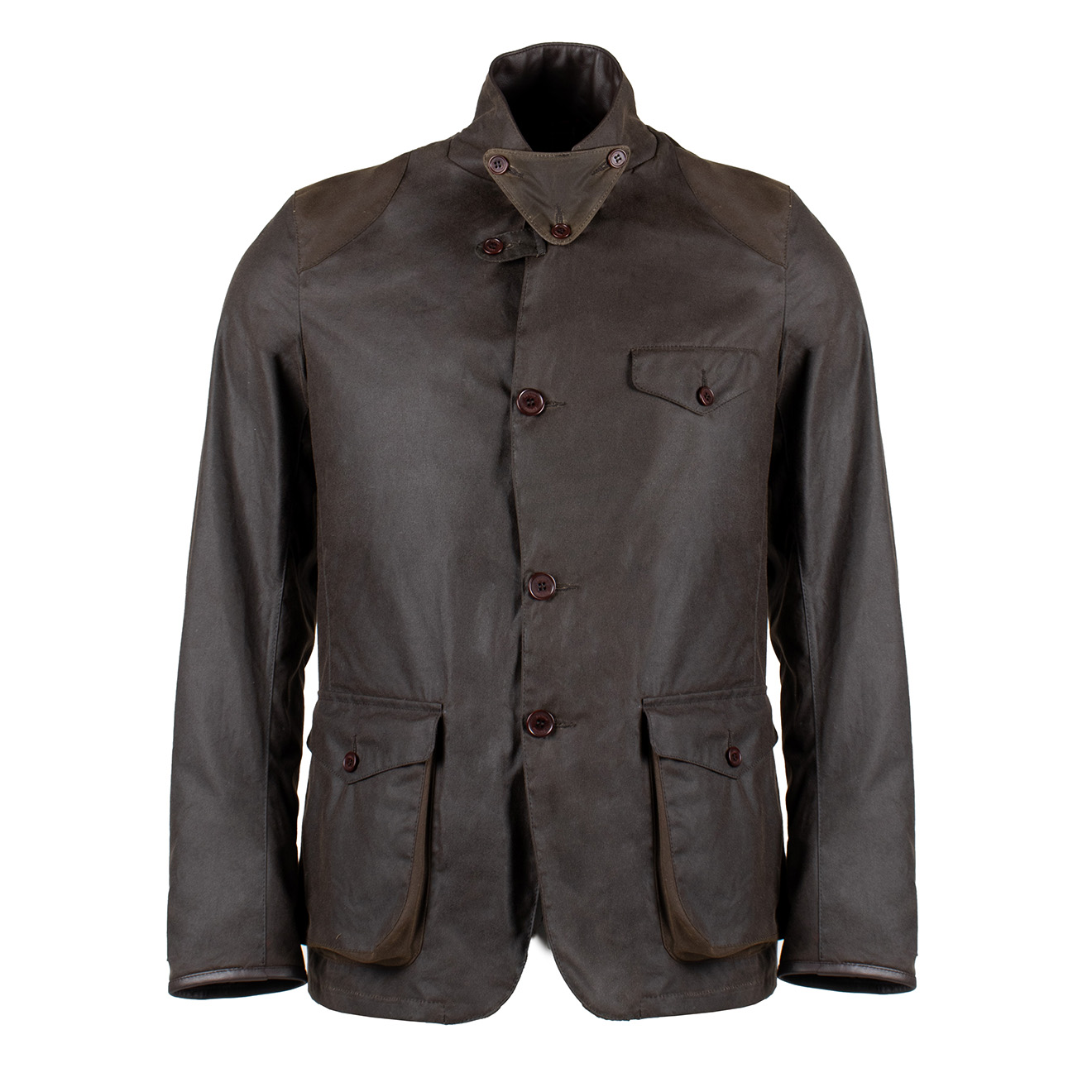
Barbour Beacon Sports Jacket Olive
£399.00 -
View Product
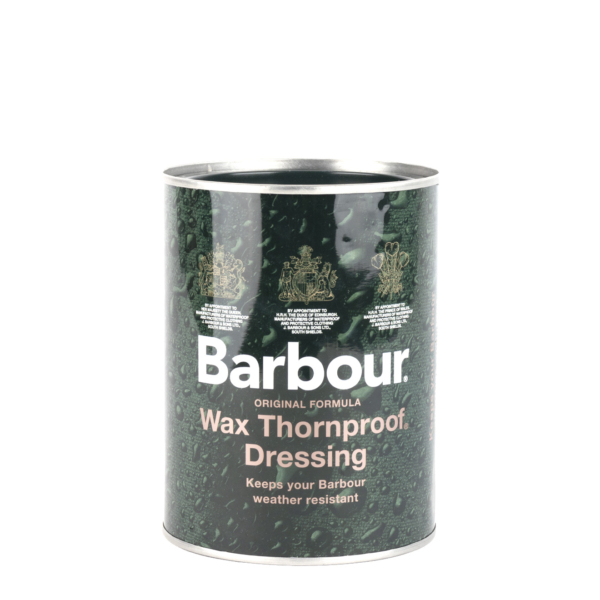
Barbour Large Thornproof Dressing
£19.95 -
View Product
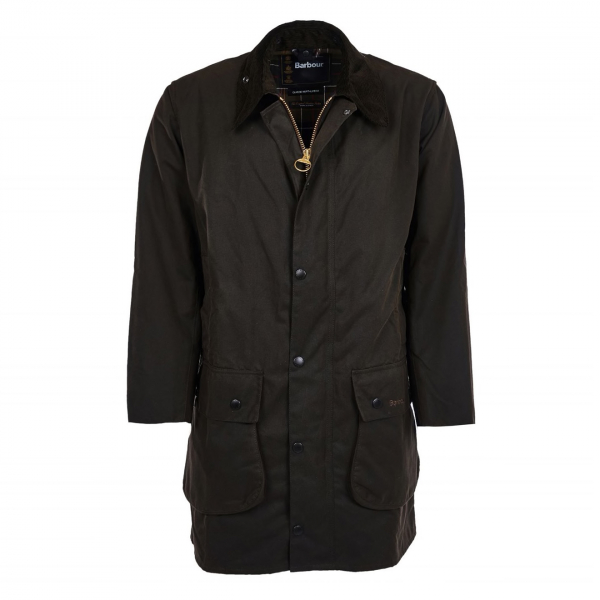
Barbour Classic Northumbria Wax Jacket Olive
£259.00 -
View Product
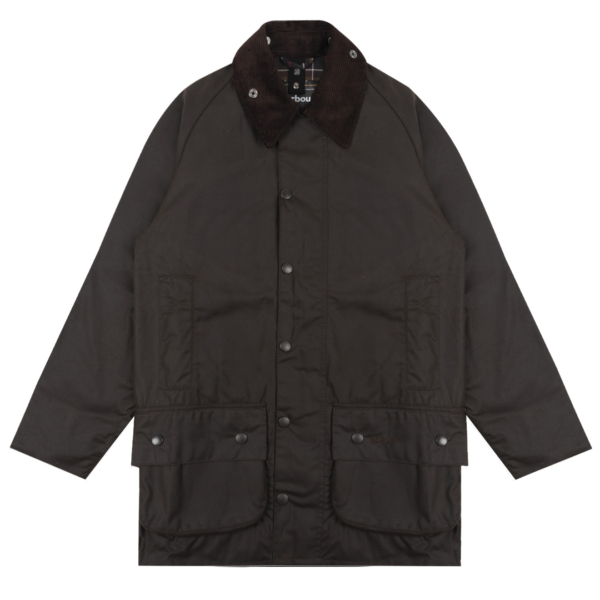
Barbour Classic Beaufort Wax Jacket Olive
£279.00 -
View Product
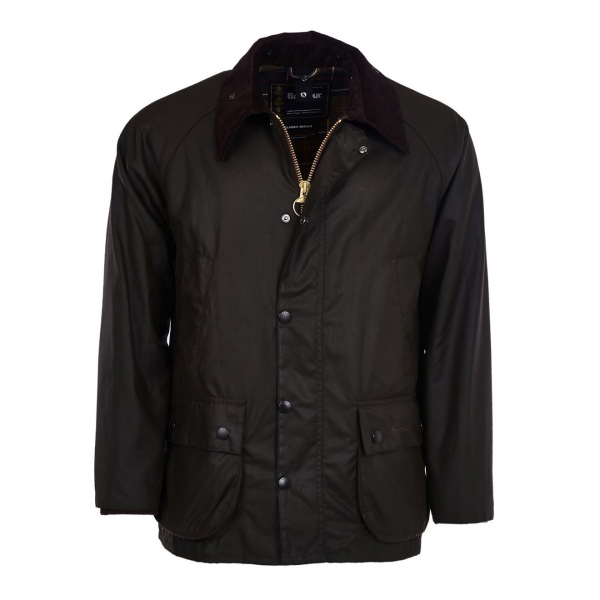
Barbour Classic Bedale Wax Jacket Olive
£269.00 -
View Product
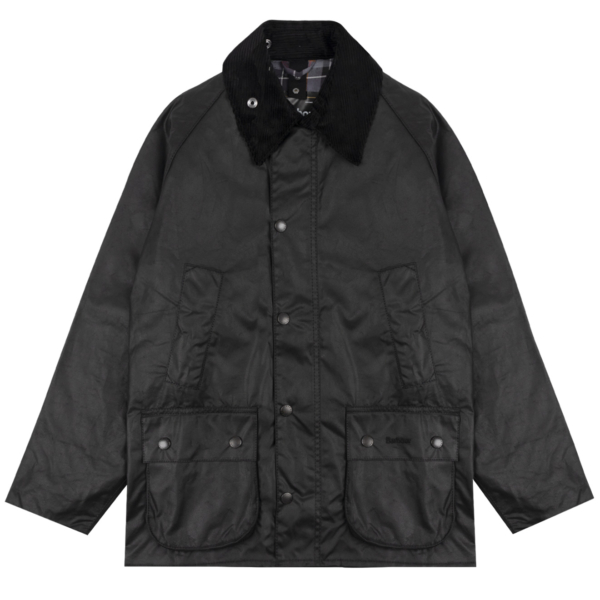
Barbour Bedale Wax Jacket Black
£269.00 -
View Product
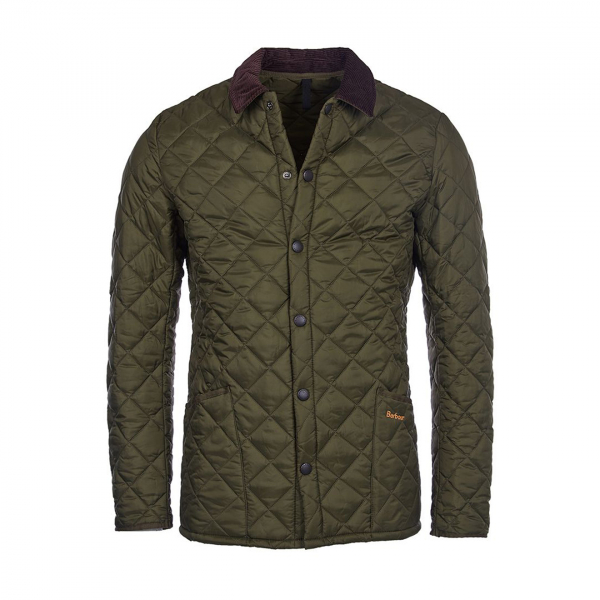
Barbour Heritage Liddesdale Quilt Jacket Olive
£125.00 -
View Product
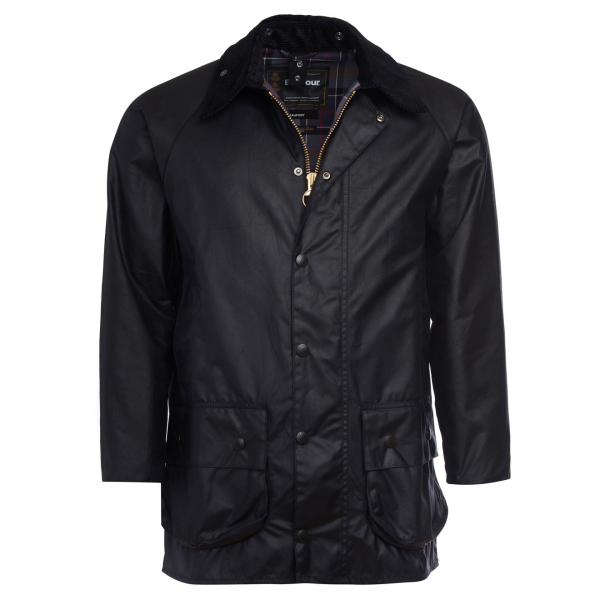
Barbour Beaufort Wax Jacket Black
£259.00 -
View Product
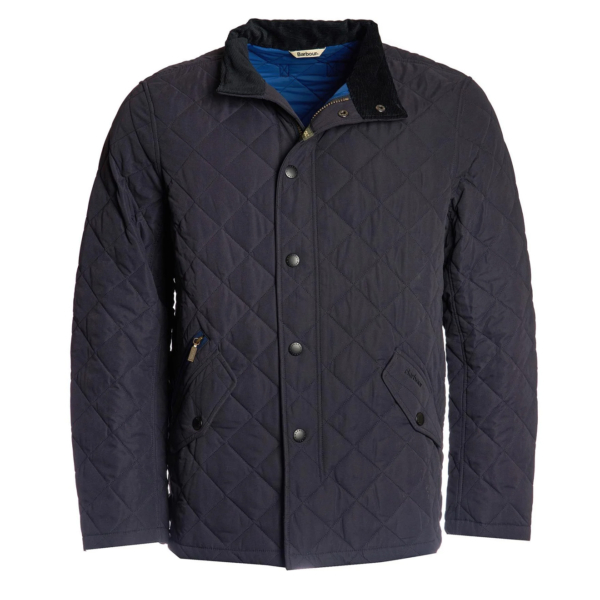
Barbour Mens Shoveler Quilt Jacket Navy
£149.00 -
View Product
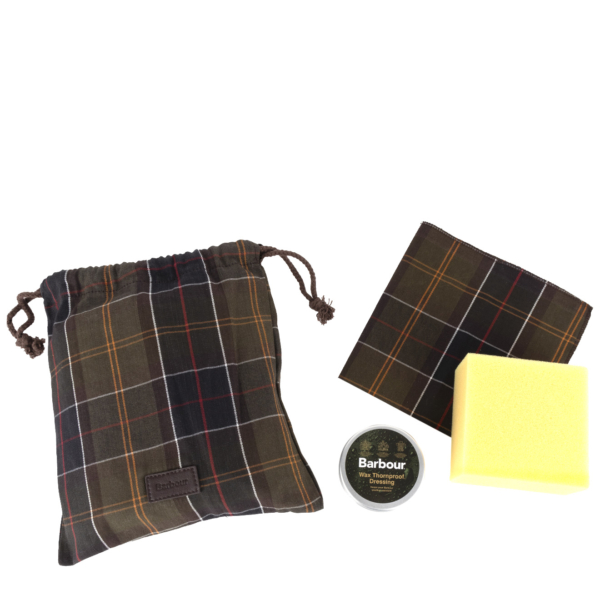
Barbour Mini Reproofing Kit Classic
£32.95 -
View Product
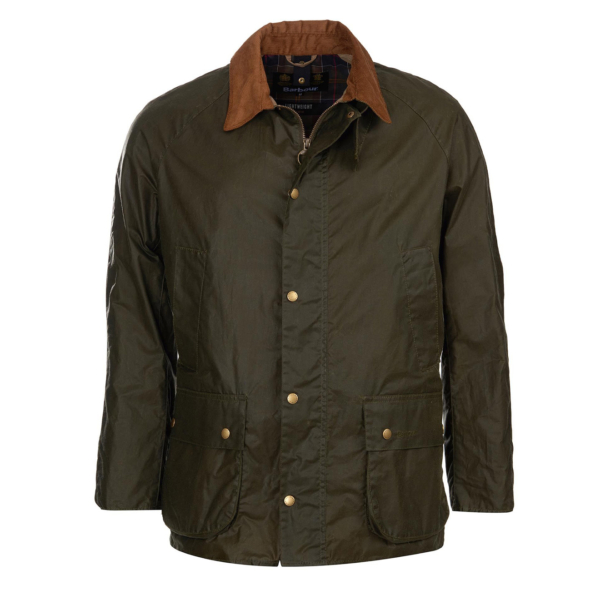
Barbour Lightweight Ashby Wax Jacket Archive Olive
£209.00 -
View Product
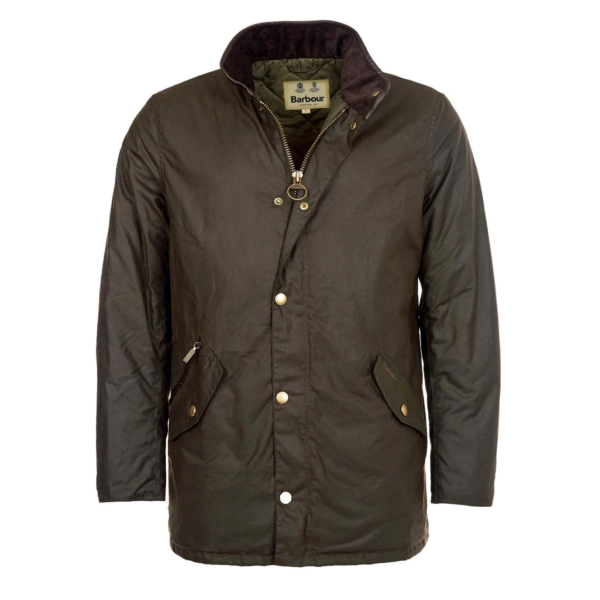
Barbour Prestbury Wax Jacket Olive
£199.00